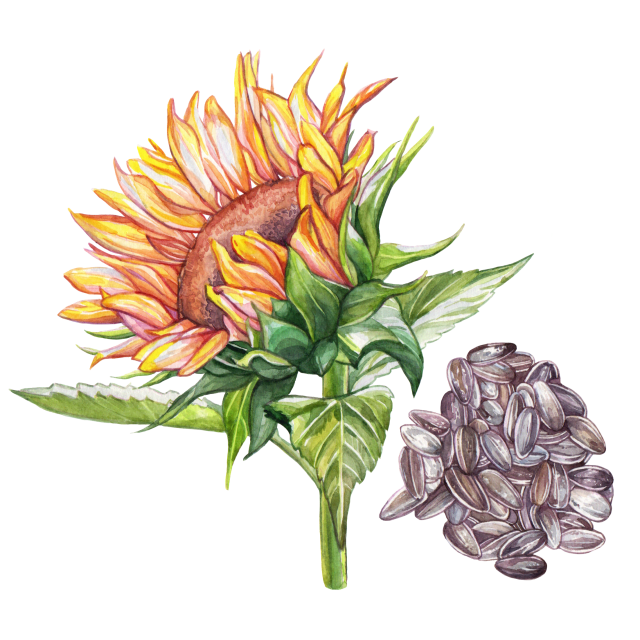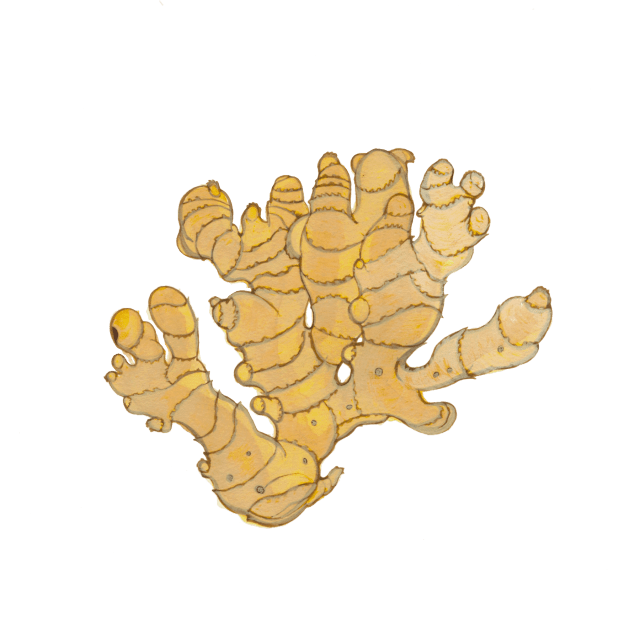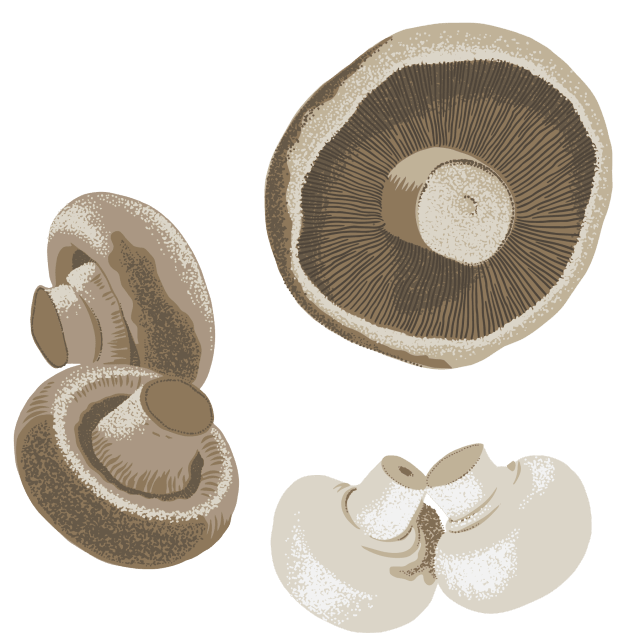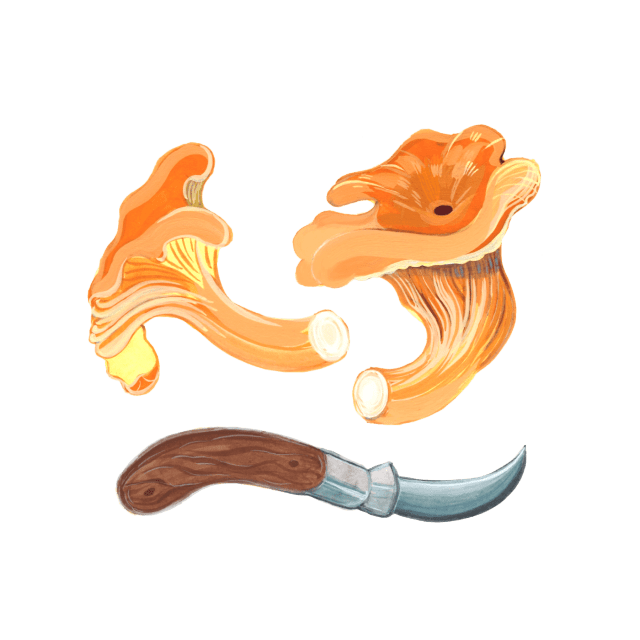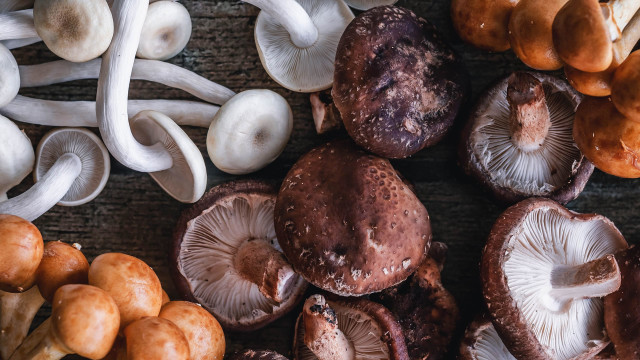Enoki
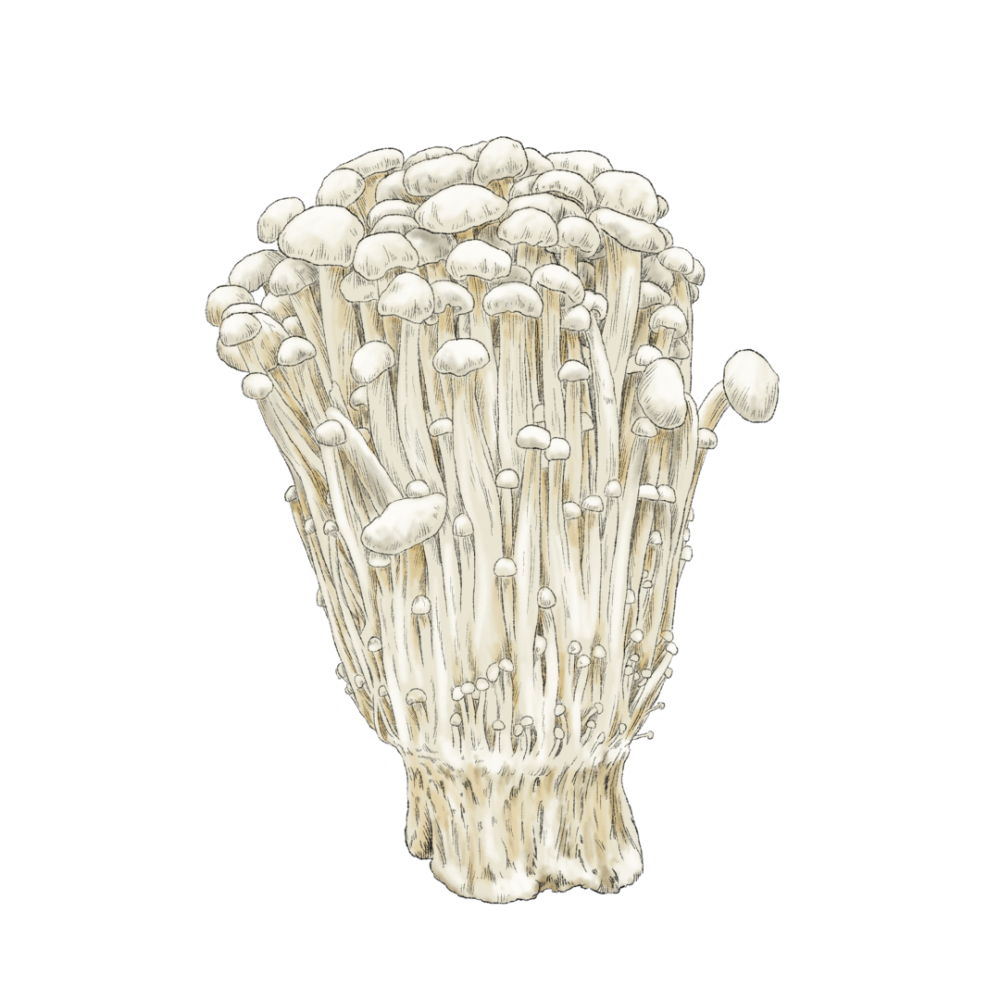
Latin name: Flammulina filiformis
Other names: enokitake, golden needle mushroom
Uses: edible mushroom
What are enoki mushrooms?
Enoki are a thin, spindly little mushroom that look like a little filamentous bundle of straws with tiny pinhead caps. You’ll most often encounter them in East Asian cuisine, especially Japanese (where the name enoki comes from). Wild enoki are orange to beige-brown and have a larger cap, but commercially cultivated enoki are snow-white.
Why are enoki healthy?
Enoki mushrooms are considered an excellent source of B vitamins (particularly pantothenic acid, riboflavin, and niacin) and the mineral selenium. B vitamins support brain health, heart health, and longevity. Enoki are also a great source of antioxidants including gallic acid, quercetin, and more. The sesquiterpenes found in enoki can help slow the growth of certain cancers, although more research is needed in humans.
What do enoki taste like?
Enoki have a mild earthy/mushroom-y flavor and pleasantly crisp texture that becomes chewier as it’s cooked. Because of how thin they are, they kind of feel like noodles when you chew them.
How do I use enoki?
After carefully rinsing and patting dry, trim off the mycelium (root) end of the mushroom, leaving a few inches of the stipe (stalk) and the caps intact. Then add them to soups and stews (especially hot pot), stir-fries, rice dishes, and salads. In Japan enoki are cooked soft with soy sauce to make a salty-sweet condiment called nametake.
What do enoki pair well with?
Enoki pair best with the staple flavors of East Asia, namely soy sauce, ginger, fermented soy (like miso or doenjang), sesame seeds/oil, and rice wine. They love being simmered in rich and earthy broths, and their texture makes them a nice match for larger sprouts like daikon or sunflower seed sprouts. You can use them as a sub for noodles in savory pancakes like okonomiyaki.
Where do enoki grow?
Enoki originated in East Asia; China produces the majority of the crop today. The commercial production of enoki doesn’t involve forests at all; they’re grown in a sawdust substrate under the cover of darkness (and although they don’t contain chlorophyll like plants, growing them in the dark keeps them white).
How to buy enoki:
Look for enoki in Asian markets and sometimes better-stocked grocery stores. You’ll usually find enoki vacuum-packed in a plastic sleeve, a little plastic tub, or canned. Fresh enoki should be free of black spots or mold and should be firm and dry — not sticky or slimy. The best way to store them is to take them out of their plastic packaging, wrap in a lightly damp paper towel, and stash in a small paper bag loosely folded shut.
Fun enoki fact:
Enoki have been cultivated as a food and for Traditional Chinese Medicine in China for around 1,200 years, making it one of the longest cultivated mushroom species. It’s still one of the top cultivated mushrooms worldwide.
